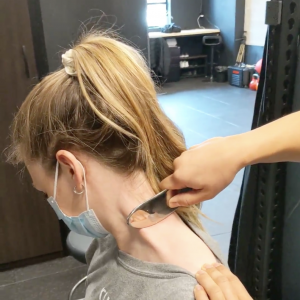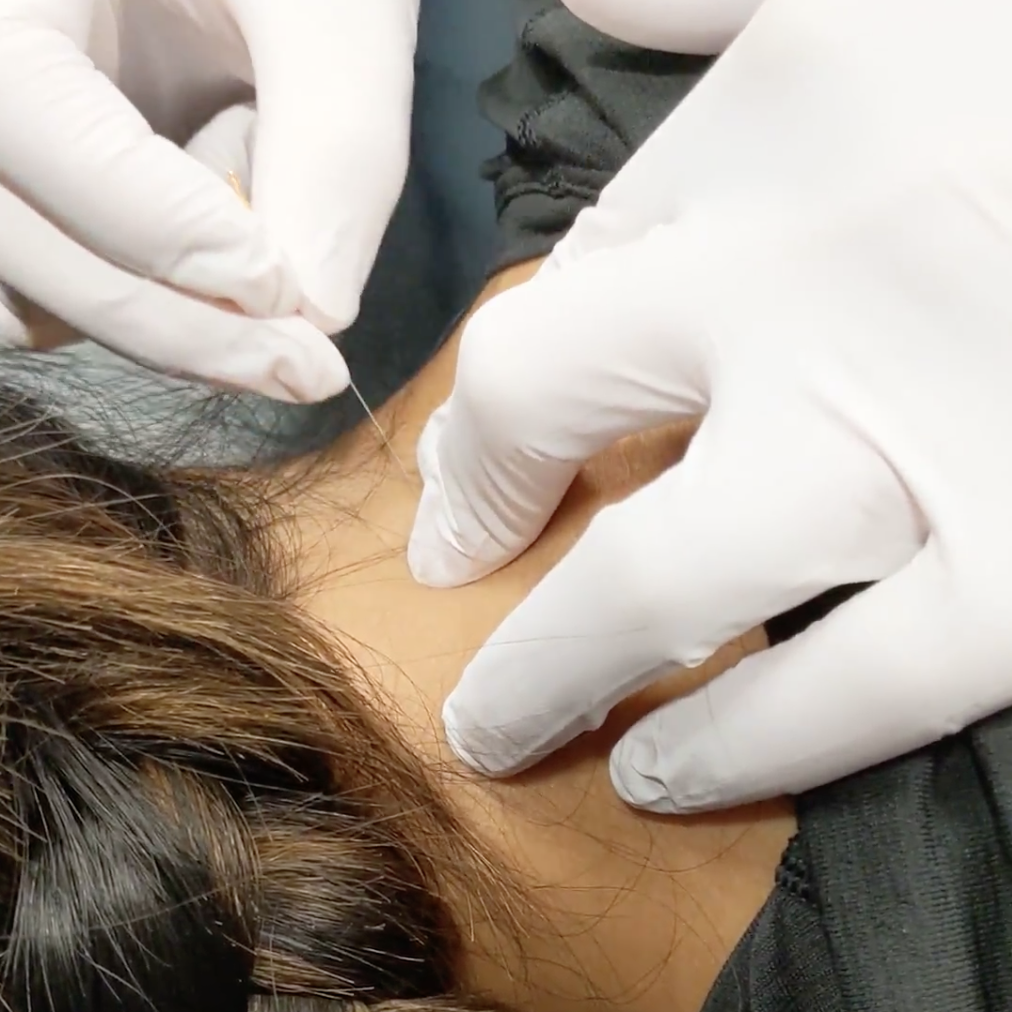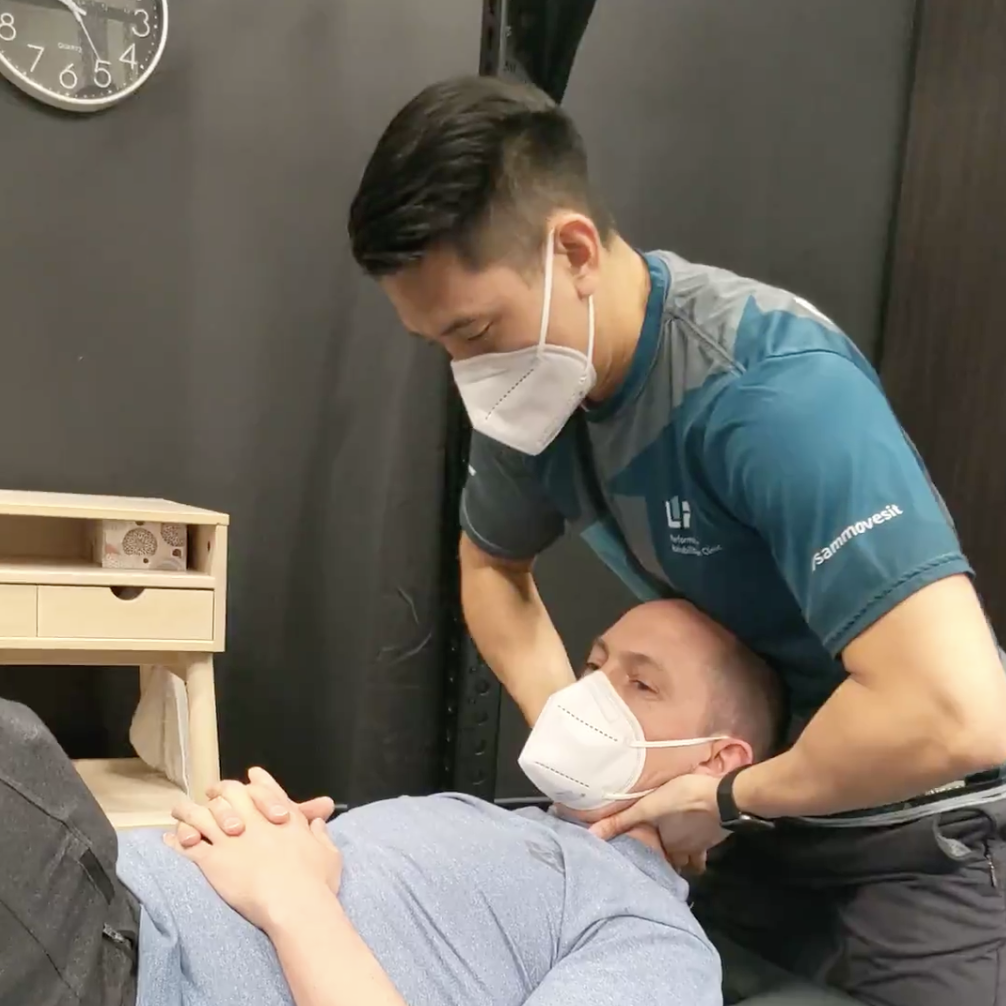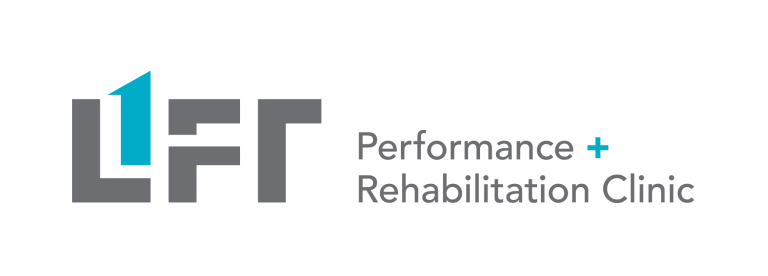Optimize neck flexion to optimize health and performance, with Lift Clinic's team of physio, chiro, RMT and strength coaches!
If you saw our previous blog post, you will know about the importance of neck flexion for relieving pain in the head and neck and optimizing performance in the shoulder and arms. In that post, we gave insight into some of the assessment techniques that we use in the clinic to find specific limitations in your neck flexion.
In this follow-up post, we’ll demonstrate various reset techniques Lift clinicians may use to treat these limitations. Your clinician will choose the most appropriate technique based on your assessment findings.
We will have a series of other posts that will go through assessment and treatment techniques for movements all throughout the body. If you are interested in learning more, stayed tuned for future posts or follow us on Instagram to stay posted!
See what our clients have to say :
Mike Fung is a fantastic RMT – I showed up with some serious ‘tech neck’ and shoulders from working an office job for over a decade. He helped get me back in shape where 4-5 months later, I have no muscle knots/tensions or any tension headaches. He also incorporated techniques from the gym next door – Enhanced Performance – that allowed me to do my own exercises at home. All very effective!
I went to see Henry at Lift after speaking with my doctors and two massage therapists regarding issues in my neck and shoulders that made me have an inability to lift my right arm above the horizontal. Within 10 minutes Henry had identified the main issues, isolated them into acute and chronic types and by the end of our first appointment had developed an exercise routing for me to follow at home. I started to see improvement within days which has continued gradually during the following weeks and follow-up appointments.
Visit our IG post to get a sneak peak into the neck flexion resets that we use
What are resets?
Resets are hands on techniques used to improve & restore limited range of motion. These techniques may also be useful in managing symptoms and temporarily decreasing pain or tightness. As well, resets can target the muscles, fascia, and/or joints.
The reset technique will be selected by a Lift clinician to meet each client’s unique needs. This is guided by the detailed assessments covered in our last post.
It’s important to retest after treatment to see if the reset technique was effective and if there is actual improvement.
Neck flexion resets:
Our practitioners use a variety of resets to treat neck flexion. Click through the list below to learn more about specific treatments!
Joint mobilizations may be used to help restore movement and decrease symptoms if we found a joint limitation in our neck flexion assessment.
Often times, grumpy muscles can be a result of stiffness in the joints they attach to/around. Therefore, it is important to address joint limitations
When joints move, the bones have to glide over one another to allow for smooth and pain free movement. However, when there is stiffness, pain, or tension, those bone glides may be affected.
What does joint mobilization accomplish?
Joint mobilizations are skilled movements performed by clinicians to help restore those normal movements. Further, these techniques also help by stimulating receptors in the joints which may alter the pain experience, decreasing pain and other symptoms such as tightness.
In short, joint mobilizations act as a jump start to restore normal joint movement, and therefore function! Specifically for neck flexion, these mobilizations can be applied to the upper or lower cervical (neck) spine segments.
Similar to joint mobilizations, manipulations also help address joint issues mentioned above.
The difference here is that manipulations take the joint to an end range further than mobilizations. Additionally, the speed of which the force is applied is quicker.
These two factors (further end range, and faster force) may result in a bigger stimulus which may produce similar or sometimes, better results.
Oh yeah, manipulations may also produce a satisfying crack — which some people love!
If the assessment shows that there are some tight muscles responsible for the limitations, soft tissue mobilizations (STM) will be used.
STM are various massage techniques that target muscles and fascia (the connective tissue that wraps around muscle, right under the skin).
These techniques are traditionally done using the clinicians’ hands, knuckles, elbows, or instruments such as metal scrapers.
The goal of STM is to help restore normal tone of the muscle by increasing local blood flow (and therefore nutrient exchange to help with recovery), and introducing a neurological input which helps tell the muscle to relax…
IMS has the same goals at STM. The difference is that a needle is involved, and the stimulus is bigger, potentially creating a bigger change in the muscle/fascia.
Additionally, IMS may sometimes allow for a more direct treatment of muscles and their trigger points (especially for deeper muscles).
IMS can be done by Lift physiotherapists. It is completed by finding trigger points on the target muscle. Once the trigger point is located, the clinician will use an acupuncture needle to penetrate the trigger point. This may result in a lovely twitch (muscle contraction) which may be celebrated by both the client and clinician (maybe).
This process of IMS results in a reset in muscle tone. When muscles are tight, they may be getting abnormally high amounts of signals to fire from the nerves. For this reason, needling and STM helps us calm the muscle by introducing a signal to tell the nerve & muscle to calm down.
Although it may be scary for some (understandably), IMS is a very safe and minimally painful experience. Some people may even eventually really enjoy it!



What's next?
Most of the time, the results of these techniques will be temporary. The next step is maintenance through reinforcing and reloading exercises!
Stay tuned to our next post in the series: Neck Flexion: Reinforce and Reload.
